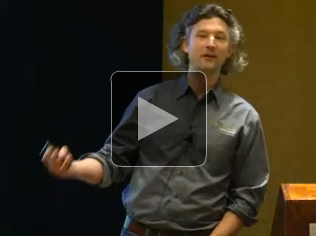This Week in Spring, February 28, 2012
Welcome to another installment of This Week in Spring. We've got a lot of good stuff to look at, as usual.
Since you're here, though, let's talk about the <a href="http://blog.cloudfoundry.com/post/13481010905/cloud-foundry-open-tour-2012" target="_blank">Cloud Foundry Open Tour</a>, which is an event bringing the industry's best talent and speakers on Spring, Cloud Foundry, and much more to a town near you in America, Asia and Europe. The full itinerary's provided on the linked page, but if you're in (or near) Shanhai, Beijing, Tokyo, London, Moscow, Kiev, San Francisco, Portland, Austin, and Washington D.C., then you should not miss this event - <a href="http://opentour…

